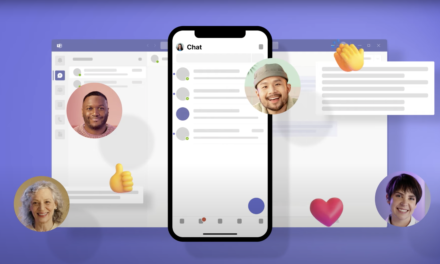Hey there!
For those just getting started with UX Design and, as a product designer myself, I thought I’d share some valuable principles and psychology concepts that I’ve learned along the way. These have really helped me create better, more user-friendly designs. So grab a cup of coffee, and let’s dive in!
Put Users First
Dude, always remember that your users are the heart of your design. Just like when we plan a surprise party for a friend, we keep their likes and dislikes in mind, right? Similarly, do some research to understand your users better – user interviews and surveys are a great way to start.
Consistency is Key
You know how we have the secret handshake that we’ve been doing forever? That’s what consistency feels like in UX Design! Ensure your design language is consistent across platforms, so your users feel at home and can easily navigate your product.
Keep It Simple
Think of that one time we tried to assemble that crazy-complicated IKEA furniture. It was a nightmare! The same goes for UX Design. Keep it simple and clean, so users can complete their tasks without pulling their hair out.
Make It Accessible
Remember when we helped our friend Sarah set up her computer with a screen reader? Design your product with all users in mind, whether they have disabilities or use different devices. Follow guidelines like WCAG and make your product compatible with assistive technologies.
Measure and Iterate
Great UX Design is an ongoing process, just like how we keep improving our skills in Call of Duty. Gather user feedback and track your product’s performance, then make changes based on what you learn. It’s all about staying in tune with your users and keeping them happy.
Now, let’s talk about some psychology stuff that can really take your UX Design to the next level.
Hick’s Law: Simplify Choices
Picture walking into a restaurant with a 20-page menu – overwhelming, right? Hick’s Law says that the more choices you have, the longer it takes to decide. So, when designing your product, try to reduce the options you throw at your users.
Fitts’ Law: Optimize Target Size and Position
Remember playing darts last weekend? Fitts’ Law is just like that – the bigger the target and the closer it is, the easier it is to hit. In UX Design, make buttons and interactive elements larger and more accessible for smooth user interactions.
Gestalt Principles: Organize Visual Information
You know how we always find shapes in the clouds? That’s because our brains are wired to look for patterns. Use Gestalt Principles like proximity, similarity, continuity, and closure to organize your design elements and create more intuitive interfaces.
Cognitive Load Theory: Minimize Mental Effort
Think back to the time we had to solve that crazy-hard puzzle. Our brains can only process so much information at once. In UX Design, make it easier for users by breaking down complex tasks, using clear language, and providing helpful visual cues.
Social Proof: Leverage the Power of the Crowd
Just like when we’re more likely to try a new restaurant if it has great reviews, users are influenced by what others think. In your product, showcase testimonials, and ratings, or highlight popular features to build trust and encourage user engagement.
Alright! That’s it for now. Keep these principles and psychology concepts in mind when you’re working on your next design project. Trust me, they’ll make a huge difference. And remember, we’re always learning, so stay curious and keep exploring the world of UX Design. If you need help or advice, I’m always here!






